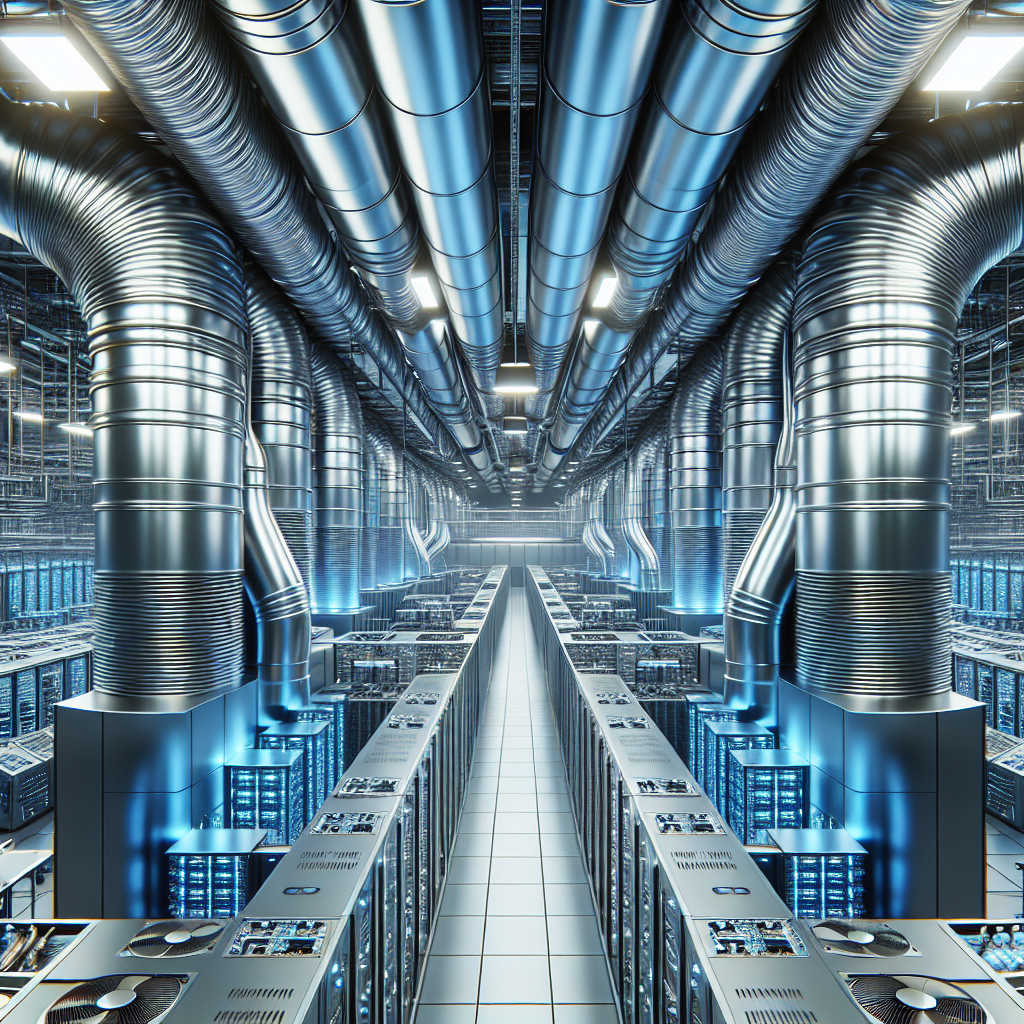Your cart is currently empty!
Efficient Cooling Solutions for Data Center HVAC Systems

Data centers are the backbone of today’s digital world, housing the servers and networking equipment that power the internet and store vast amounts of data. With the increasing demand for data storage and processing capabilities, data centers are continuously expanding in size and complexity. One of the key challenges in managing a data center is ensuring that the HVAC (heating, ventilation, and air conditioning) system is able to effectively cool the equipment and maintain optimal operating conditions.
Efficient cooling solutions are crucial for data center HVAC systems to ensure that the equipment operates at peak performance and avoid downtime due to overheating. Here are some strategies to maximize the efficiency of cooling in data centers:
1. Hot aisle/cold aisle containment: One of the most effective ways to improve cooling efficiency in a data center is to implement hot aisle/cold aisle containment. This involves arranging server racks in alternating rows so that cold air is directed into the cold aisles and hot air is exhausted into the hot aisles. By segregating the hot and cold air streams, the HVAC system can more effectively cool the equipment without wasting energy.
2. Airflow management: Proper airflow management is essential for efficient cooling in a data center. Make sure that the airflow pathways are clear and free from obstructions, and use blanking panels to seal off unused rack spaces to prevent hot air recirculation. Implementing hot and cold aisle containment can also help to improve airflow management and reduce the workload on the HVAC system.
3. Use of economizers: Data centers consume a significant amount of energy for cooling, so it’s important to explore energy-saving options such as economizers. Economizers use outside air to help cool the data center when the ambient temperature is lower than the internal temperature, reducing the need for mechanical cooling. This can result in significant energy savings and lower operating costs.
4. Implementing variable speed fans: Traditional HVAC systems use fixed-speed fans that operate at a constant speed, regardless of the cooling requirements. By upgrading to variable speed fans, the HVAC system can adjust the fan speed based on the cooling load, resulting in energy savings and improved efficiency.
5. Regular maintenance and monitoring: To ensure that the HVAC system is operating at peak efficiency, it’s important to perform regular maintenance and monitoring. This includes cleaning air filters, checking for leaks in the ductwork, and monitoring temperature and humidity levels in the data center. By proactive maintenance, potential issues can be identified and addressed before they lead to equipment failures or downtime.
Efficient cooling solutions are essential for data center HVAC systems to ensure that the equipment operates reliably and efficiently. By implementing strategies such as hot aisle/cold aisle containment, airflow management, economizers, variable speed fans, and regular maintenance, data center operators can optimize cooling efficiency and reduce energy consumption. Investing in efficient cooling solutions not only benefits the environment but also helps to reduce operating costs and improve the overall performance of the data center.

Leave a Reply